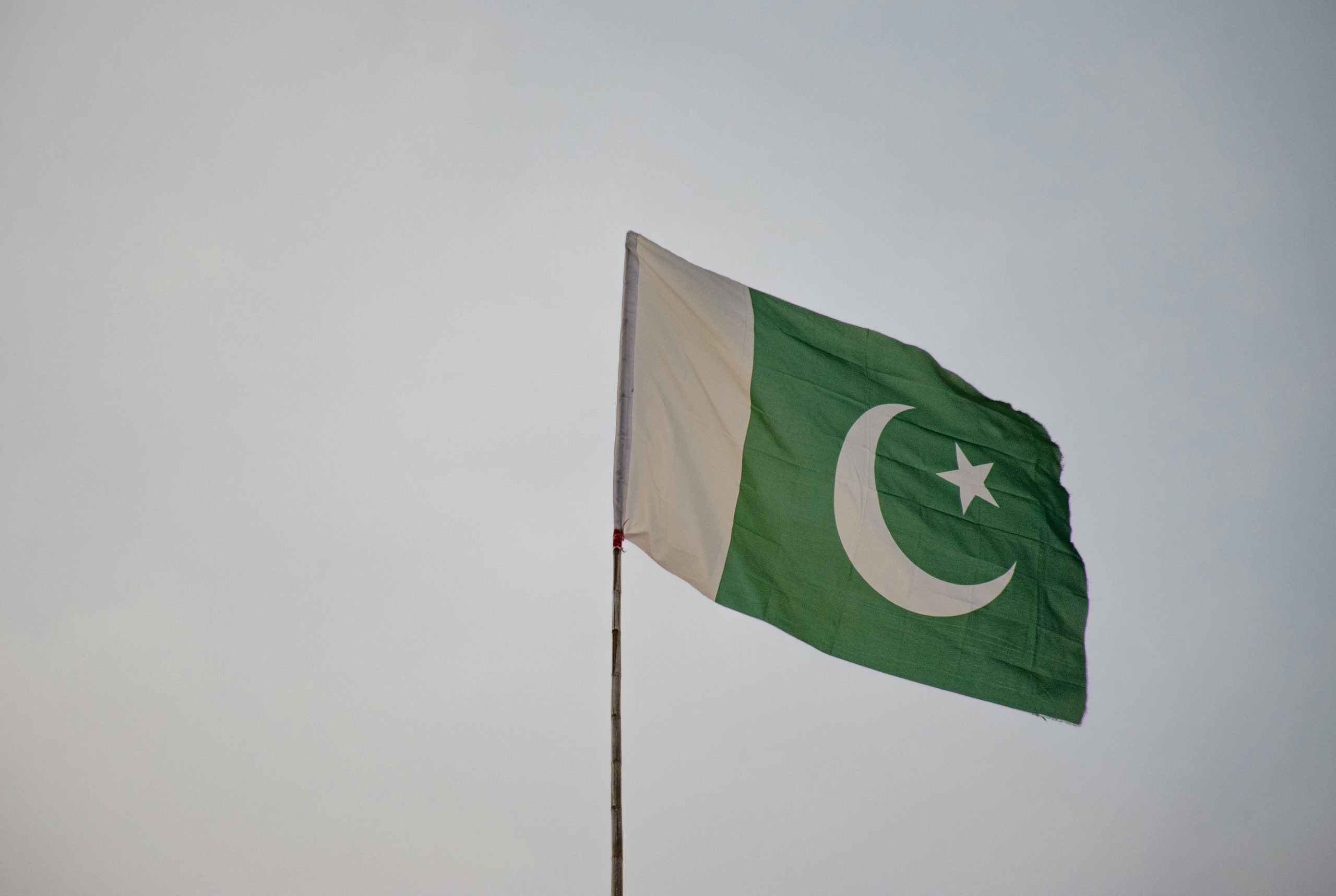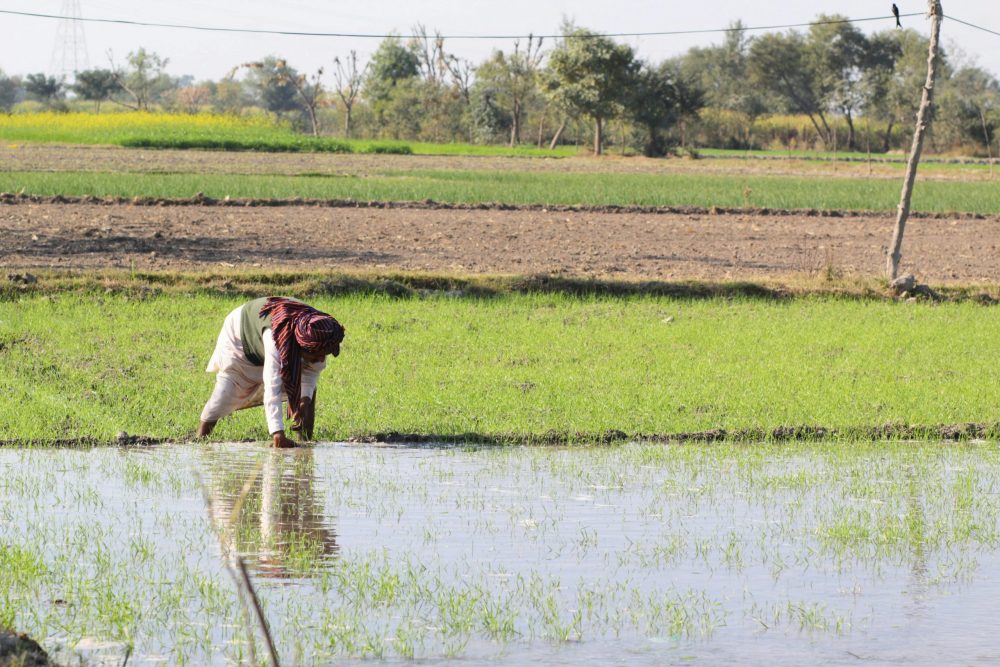With the highest rate of urbanisation in South Asia, access to affordable housing has become a key issue for Pakistan’s lower and middle classes. The causes for the urban housing shortage are multiple and varied, and to an extent, poorly understood. A whole host of structural and other limitations have choked the housing supply in Pakistan. The Consortium for Development Policy Research (CDPR) recently organized a Lahore Policy Exchange talk on ‘The Urban Housing Crisis’ to bring together policymakers, practitioners, academics and researchers on one platform to provide valuable insights on the nature of the housing crisis and housing needs at the community level, possible solutions and government plans to respond to this. This blog highlights interesting takeaways from this talk.
Nature of the Crisis
The rising gap between demand and supply of housing has now become a global phenomenon. However, the issue is especially pronounced in Pakistan.
The sixth Housing and Population Census (2017) confirms Pakistan is now the seventh most populous country in the world. Its overall population is growing at 2.4%, while urban population growth is even higher at 2.7%. More than half of Pakistanis will be living in urban areas between 2030 and 2040. This rapid population growth is causing an overall housing shortage, currently estimated at close to 10 million units. Whereas, the annual urban housing gap is between 3.5 and 4 million units, mostly (62%) amongst the economically weaker segments of the population. In Punjab alone the Urban Unit has estimated a housing shortfall of 2.3 million units. The situation may worsen as household size shrinks, leading to potentially higher demand even with the same population.
An important aspect of the housing gap is affordability. The growing inequality is particularly well-demonstrated in Lahore. Households at the bottom 68% of the income distribution can afford just 1% of the available housing, while households at the top 12% can afford 56% of the available housing. More than 47% of urban households live in low quality/substandard housing, often located in informal settlements/ slums called Katchi Abadis, without security of tenure while scores are forced to live on sidewalks and underneath bridges.
The Housing Dilemma
According to data compiled by Ammar Rashid (Visiting Faculty at QAU), housing prices in Pakistan have gone up by 134% in the past five years (2013 to 2018) [data from zameen.pk]. Urban plot prices during the same period have also gone up by 151%. Pakistan’s GDP per capita however has barely grown by double digits at 20% (2012-2018). This problem is especially pronounced in Pakistan, as its house price to income ratio remains much higher than both developed and similarly placed economies.
Source: Towergate Insurance
Real estate development in Pakistan has often been militarized, unregulated and elite-focused. The major real estate booms have been tied to global financial flows such as during the cold war in the 1960s, Afghan war during the 1980s, post 9-11 and now under China-Pakistan Economic Corridor (CPEC). These periods have seen the creation of Defence Housing Authorities, Bahria towns and now investments in peripheral cities (such as Multan and Hyderabad).
Pakistan’s real estate market has seen returns much higher than elsewhere, with a significant total asset portfolio. Yet, this sector is taxed a minute fraction of its actual value. At the same time, the sector remains deeply obscure in terms of its transparency ranking.

Source: Data compiled by Ammar Rashid as part of his ongoing research
Why has this happened?
This situation is deeply connected to how we treat real estate in Pakistan. Pakistani real estate has become a capital trap. Less than 50% of the national savings find their way to the financial sector. The rest are invested in real estate or other forms of capital formation. The decline in financial savings between 2000 and 2005 neatly coincides with a period of real estate boom that has continued ever since. As a result, the country’s land is increasingly being used as a speculative/ fictitious commodity rather than a productive asset. At the same time deposit pools in the banking sectors continue to remain low, leaving little for growth-pushing investments. The skewed property tax structure also explains, to a certain degree, why significant investments are made in owning plots as opposed to constructing houses.
Private developers find government rules and regulations inadequate to facilitate their efforts for providing low cost housing. The formal housing development sector has not only failed to meet the demand for low-income housing but has also been responsible for manipulating and distorting land prices. Moreover, property taxes are levied against constructed buildings, not vacant plots, leading to lopsided investment in empty plots.
Government entities like the Lahore Development Authority (LDA) have not been successful in fulfilling their mandate. LDA’s core function is to design and implement a master plan for Lahore. However, LDA lacks a planning framework to effectively respond to the housing (including low-cost housing) needs of Lahore. Moreover, building regulations at the provincial level are not standardised. Every Tehsil Municipal Administration (exclusively responsible, for zonal planning, municipal services and maintenance of the tehsil/town) has its own building bylaws which result in poor implementation and weak enforcement.
Lack of access to subsidised state land and affordable mortgage finance has effectively meant that low-income households in Pakistan have been shunned from owner-occupied housing. There are very limited credit facilities for the urban poor within the formal banking structure. Pakistan has a very tiny mortgage market at merely 0.5% of its GDP compared to a South Asian average of 4%. This is mainly due to lack of an inclusive financial sector. Moreover, the percentage of Pakistanis with bank accounts is only 13% compared to 53% in India, 31% in Bangladesh and 83% in Sri Lanka (Data compiled by Ammar Rashid as part of his ongoing research). Hence, mortgage policies need to be aligned, so that rentals can lead to ownership of houses. Pakistan also needs effective foreclosure laws to encourage banks to lend.
Providing housing alone is not adequate. The surrounding social and physical infrastructure (access to schools, market, healthcare, transport) is just as critical. The availability of affordable housing, in proximity to mass transit and linked to job distribution, has become severely imbalanced during the period of rapid urbanization and growing density convergence across Pakistan’s major cities. For a financially challenged segment, a sustainable way to retain housing is equally important. Eventually private sector developers like Ansaar Managament Company, focused on affordable housing solutions, also need to exit from the community once housing schemes are developed.
How is the Government Responding?
In short, a weak regulatory framework, rapid price growth, commodification of land for private use by elite groups, incentivizing of speculative trading, failure of zoning, an ineffective tax policy and underutilization of scarce urban land, amongst other reasons have resulted in a skewed development model. Within this, emphasis on low cost housing has naturally been minimal.
The government needs to encourage a shift away from the treatment of land as a speculative commodity, ensuring a more efficient and productive use of this limited and scarce resource. This can be done by regulating and taxing the real estate sector, regularizing katchi abadis /slums, altering land development patterns, and introducing targeted and incremental public housing.
Prime Minister’s Naya Pakistan Housing scheme directly plans to address the housing shortfall for the low-income segment by promising to create five million houses over the next five years. Just this month, the Prime Minister also launched a low-cost finance scheme. He also promised that the future of urban development in Pakistan will be vertical. So far, the newly established housing task force, under the PTI government, has remained very active with more than two dozen meetings held since its inception.
At the same time, the Government of Punjab is working on reforms to start estimating property tax based on capital rather than rental value, to encourage a more productive use of land. This way empty plots will also be taxed. The Urban Unit has also worked on a spatial planning strategy to encourage a vertical (instead of a horizontal) spread of urban centers through zoning efforts. A proposed Punjab Spatial Planning Authority (PSPA) will make the zonal plans (for agriculture, residential and industrial zones). Integration of different economic sectors (water, transport etc.) will be an important element of the role of the PSPA.
The Naya Pakistan Housing schemes encourages active private sector investment in construction of housing. Through revenue collected from front commercial and high-priced residential areas developed by the private sector, a cost subsidy will be provided to low-income groups. The government’s role will be to ensure subsidies to the poor (on land, utilities, finance etc.) while overall investments will be made by the private sector.
The issue of Katchi Abadis is mostly a structural problem that federal and provincial governments are now beginning to address. Legal framework is needed to guarantee the right to housing as per the constitution. The Government of Balochistan has recently introduced for the first time a law around Katchi Abadis and created an authority.
A federal housing authority proposed as an umbrella organization to coordinate efforts may have limited impact as housing is a provincial subject. In addition, the role of LDA and the Urban Unit needs clarity once this authority is in place. So far, the necessary legislation for setting up a designated housing authority has not yet been formulated.
In any case, a very detailed strategic transition roadmap is required especially in light of a possibly new local government definition. With weak enforcement, these plans will not materialize.
Hina Shaikh is a Senior Country Economist at the International Growth Center (IGC).





